Everything You Need to Know About the Sacral Chakra (Svadhisthana, the Second Chakra)
The post Everything You Need to Know About the Sacral Chakra (Svadhisthana, the Second Chakra) appeared first on The Yoga Nomads.
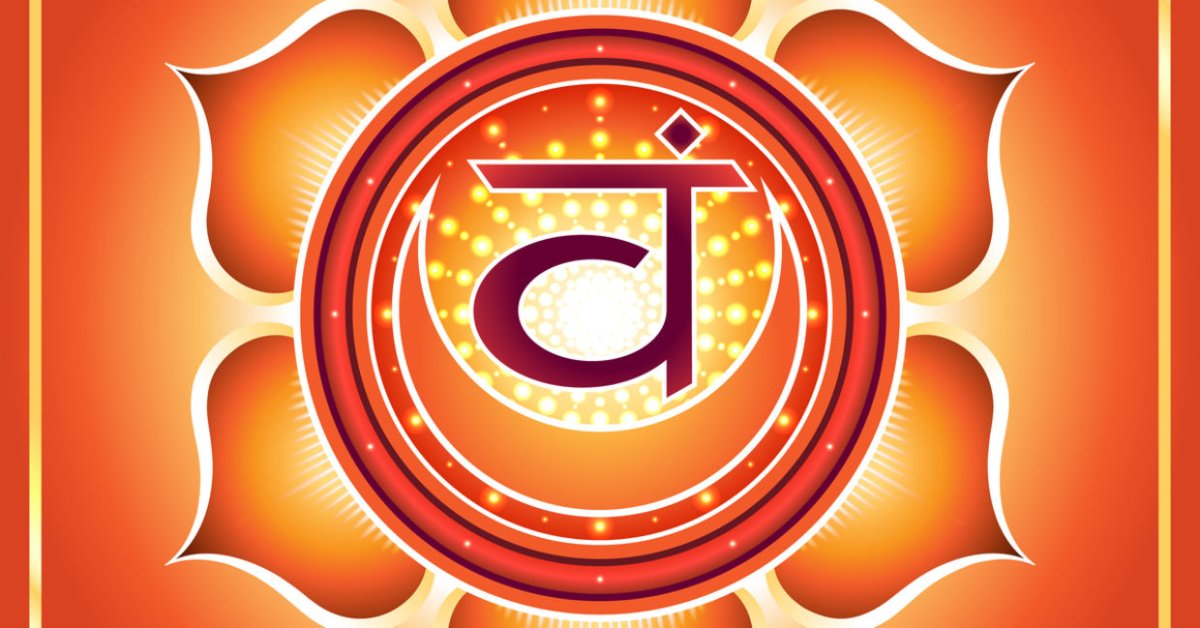
Some people believe our body has several energy centers. The word chakra comes from the Sanskrit word for ‘wheel’. Each chakra or wheel is considered a vibrating center of energy in the body. In ancient Hindu scriptures known as the Vedas, the chakras are mentioned as early as 500BC. While there is no scientific evidence to support their existence, in these ancient teachings it is believed when the chakras are aligned and vibrating properly they allow life force energy, chi, to flow easily through the body.
The seven chakras are seven points in the center-line of the body that vibrate on this frequency. Each chakra is responsible for a different part of our lives and/or self, located at intervals in the body.
The sacral chakra is the second of the lower chakras in the body. It is considered the sex chakra, the chakra of our creative and artistic expression. Here we’re going to take an in-depth look at this chakra – the emotional and physical areas affected by the health of this chakra, the symptoms of imbalance or blockage of this second chakra, how to rebalance with food, color, mediation, visualization, yoga or mudras, and the essential oils and crystals claimed to be beneficial for taking care of this chakra.
The Sacral Chakra (Svadhisthana) at a glance
Svadhisthana is the Hindu word for the second or sacral chakra. Taken literally, the word means “the dwelling place of the self” – sva meaning self, and adhishthana meaning established. In other words, the sacral chakra meaning is that of the home of your sexuality, creativity and deepest desires originate in this chakra.
The sacral chakra is believed to be located below the navel, in the pelvic area where the perineum is. This is the area where the bladder, kidneys and reproductive organs reside in the body – slightly above the seat of our root chakra, the first chakra.
The second chakra is associated with the element of water. Water connects to the concept of flow, letting go and accepting the transformational changes in life. Water also represents our emotions; therefore for some the health of our second chakra is considered a reflection of our relationship to our emotions and the emotions of others.
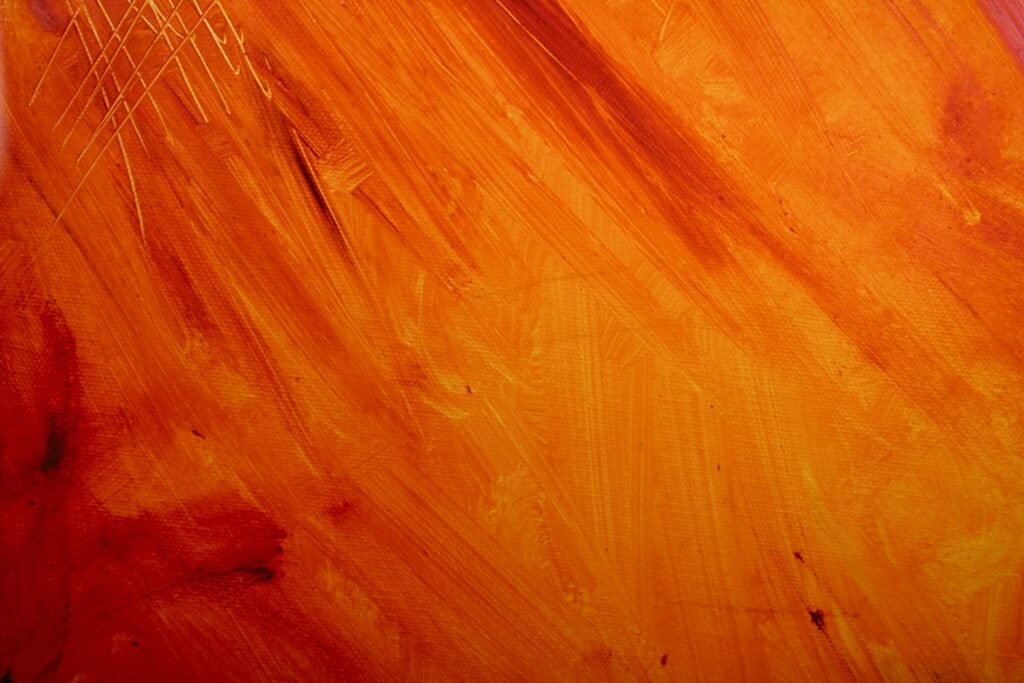
The orange chakra, the symbol of the svathisthana is the crescent moon. This ties in with the association of this chakra with the water element – the phases of the moon affect the tides here on earth. For women, this has further significance as we see a correlation between the cycles of menstruation and the moon cycle. The second chakra as the seat of our sex organs is the home of our “divine feminine” power or yin energy.
You might be wondering, what is the sacral chakra responsible for? The sacral chakra plays an active role in our sexuality and expression. It is believed your sexuality, creativity and deepest desires originate in this chakra. The sacral chakra controls our centre of passion, play and pleasure. This presents itself in our life in two separate forms, one being the creative enjoyment we find in doing hobbies or new activities, having fun. The second way is as our chakra for sexuality – embracing sensuality and our natural sexuality.
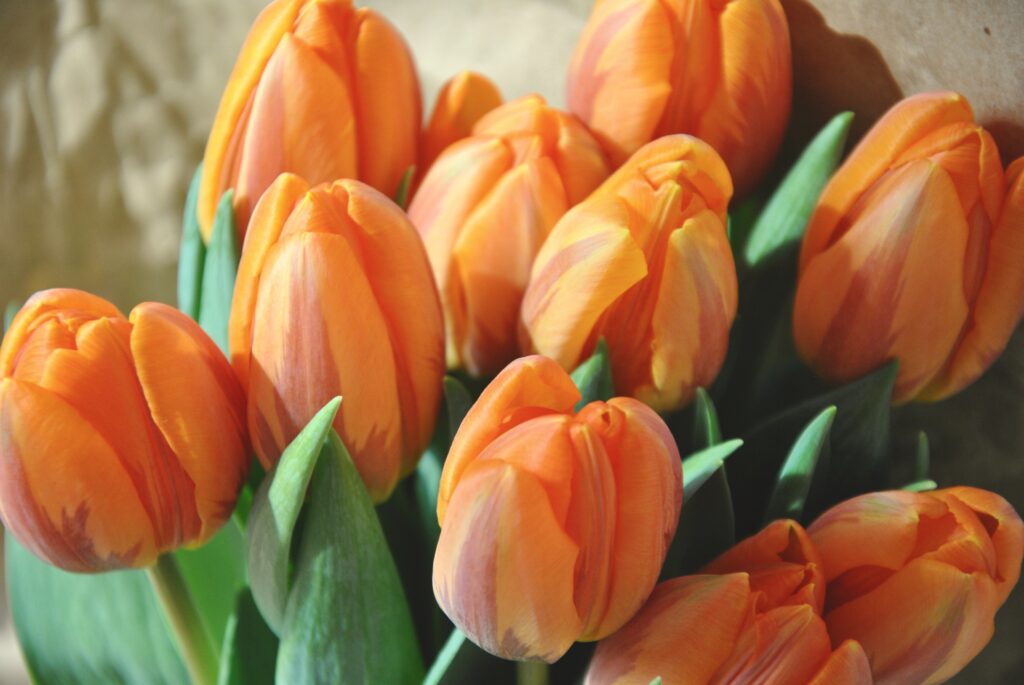
Psychologically, when our sacral chakra is balanced, these feelings flow through us and we are easily able to express and understand our emotions and desires.
The sacral chakra vibration is believed to be a frequency of 417hz. By listening to this solfeggio frequency it’s thought you can help rebalance the 2nd chakra by clearing away negative past feelings, to help encourage new beginnings.
Signs and symptoms your Sacral chakra is blocked or out of balance
If your sacral chakra is out of balance, you may feel very detached as the energy flow to this area is impaired. This is because this chakra is associated with the water element, and your connection to healthy emotions. You might find that the gifts associated with this chakra are not easy to tap into anymore. A blockage in the sacral chakra may manifest emotional symptoms that include:
DetachmentIsolationFear of pleasureAnxietyFatigueInsecurityLonelinessLow libidoLack of creativityA balanced sacral chakra will provide you with the source of energy for creativity, movement, desire, pleasure and relationships. When you cannot access these feelings easily, you may want to consider methods of how to heal sacral chakra energy.
You may have physical symptoms of this imbalance too – typically in the organs associated with the region in the body where the sacral chakra lies.
Some physical symptoms of sacral chakra blockage include:
Chronic lower back painArthritisGenital or sexual problemsHip issuesAnemiaJoint problemsUrinary Tract InfectionsOvarian cystsLow energySpleen and kidney issuesPremenstrual SyndromeA blocked sacral could also look like an overactive sacral chakra. The emotional markers of overactivity include overindulgence in sexual fantasies, extreme mood swings, and addictive behaviors around substances and food.
Unblocking sacral chakra symptoms with sacral chakra healing might be beneficial and help bring this sexuality chakra back into alignment. This in turn will encourage the free flow of energy throughout the body.
How to heal, open and balance the Sacral chakra
To help heal, open and balance the second chakra, there are a number of approaches that can be taken.
If you’re a fan of visualization, try imagining a throbbing or swirling ball of luminescent orange light three inches below your belly button. Let yourself feel the ball of orange energy dissolving all blockages or aggressive flows of energy within you.
Healing sacral chakra imbalances with affirmations and meditation is another option. Sacral chakra affirmations help to rewire deep-seated subconscious beliefs and programming that were potentially picked up earlier in life around sex, sexuality or pleasure more generally. As the sexual chakra, sacral chakra meditation that focuses on healing any residual trauma or repressed emotions about sex or sexuality could also be particularly beneficial. Affirmations to help heal Svadhisthana include:
I am passionate.I am a creative being.I have boundaries that protect me.I am safe to express my sexuality.My emotions are in balance.
Each chakra has a mantra associated with it. For the second chakra, that mantra is vam. You can chant this mantra why you meditate, imagining the sound flowing directly to your blocked sacral.
As the colour associated with svadthisthana is orange, you may find orange fruits and vegetables helpful in sacral chakras healing.
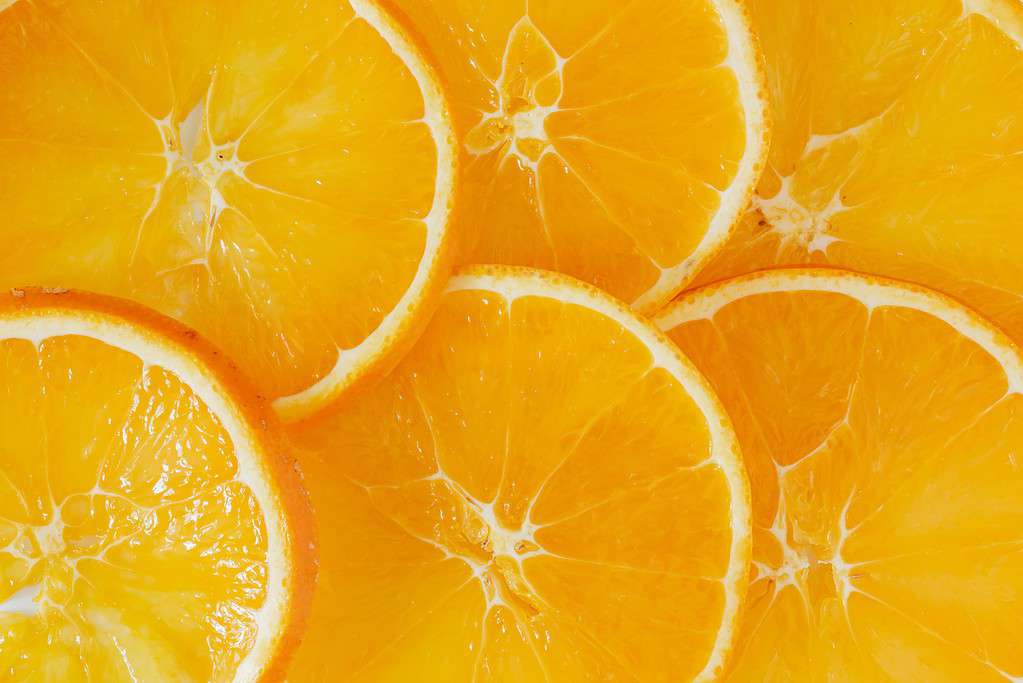
The best sacral chakra foods include:
Sweet potatoCarrotsMelonsMangosPumpkinOrange citrus fruitsButternut squashPapayaNuts, seeds and eggs – i.e., sources of healthy fats – are also thought to be good to balance this chakra.
Sacral Chakra Yoga Poses
To balance and stimulate svadthisthana, there are yoga poses you can incorporate into your practice. Several years ago, I felt drawn to try yoga for the first time, a few months after surgery to remove an ovarian cyst. I wanted to try a safe practice to help rebuild muscle and strength in my core after the laparoscopy. In my first months practicing yoga, I learned more about the flow of energy in the body and how women in particular tend to ‘store’ energy in their pelvic/sacral region. While this may be anecdotal, I found yoga extremely helpful in balancing emotions and with feeling more connected and in tune with my body.
Your yoga teacher can help advise you on more personalized poses that suit your level and ability, or you can try these at home:
Goddess Pose (Utkata Konasana)
Stand with your feet wide apart and your feet turned outwards.Bend your knees deeply working towards having your thighs parallel to the floor.Align your knees over the centre of the feet. Ensure that the shoulders are stacked above the hips.Lengthen the tailbone downwards while lifting through the crown of the head.Bring the palms together in front of the heart (Anjali Mudra).Reverse Warrior Pose (Viparita Virabhadrasana)
From Goddess Pose, turn your hips to the right as you spin your back heel outwards and place it onto the mat with the toes turned in a little.If you find you’re a little off balance, you can bring the right foot out closer to the long edge of the mat. Otherwise align the heel of the right foot to the arch of the left foot. Extend your arms outwards at shoulder level then rotate the palm of the right hand upwards as you begin to arch up and back, sliding the left hand down the back leg.Soften in the upper body while remaining strong in the legs.Stay here for a couple of breaths then repeat on the other side.Wide Legged Forward Bend C (Prasarita Padottanasana C)
Stand with your feet wide apart, legs straight and your toes pointing forwards.Interlace your fingers behind your back and rest them on your sacrum (that piece of bone at the base of the spine between the hip bones).Roll the heads of the shoulders back as you draw the shoulders blades down the back and begin to extend the arms downwards.Begin to hinge forwards from the hips to fold forward, lengthening the crown of the head towards the floor.Bring the weight forward a little, aligning hips over heels. It feels like you might topple over a little but let that feeling go and trust that your body know what to do.Stay here for a couple of breaths before lengthening through the crown of the head to lift up and out of the pose.Seated Forward Bend (Paschimottanasana)
Sit either on your mat or on a rolled up blanket or foam block to elevate the pelvis slightly and prevent rounding in the lower back.Extend the legs long and gently rock from side to side to discover your ‘sit bones’ and ground them into the mat/block.Press gently through the heels to keep the feet flexed and the toes soft.Raise arms above head and lift up through the fingertips, palms facing each other.Inhale and as you exhale begin to hinge forwards from the hips, leading with the heart, keeping length in the spine and avoiding a rounding in the lower back.Place your hands on the mat beside your calves and inhale to lengthen through the crown of the head, extending the heart forward, exhale to release and fold a little deeper.Stay here for a couple of breaths maybe repeating the inhale to lift, exhale to fold movement a couple of times and feel into the gentle stretch across the back of the legs.Sacral Chakra Mudras
Three mudras we can associate with the second chakra are the yoni, shakti and ksepana mudras. We can use these to help bring svadthisthana into balance.
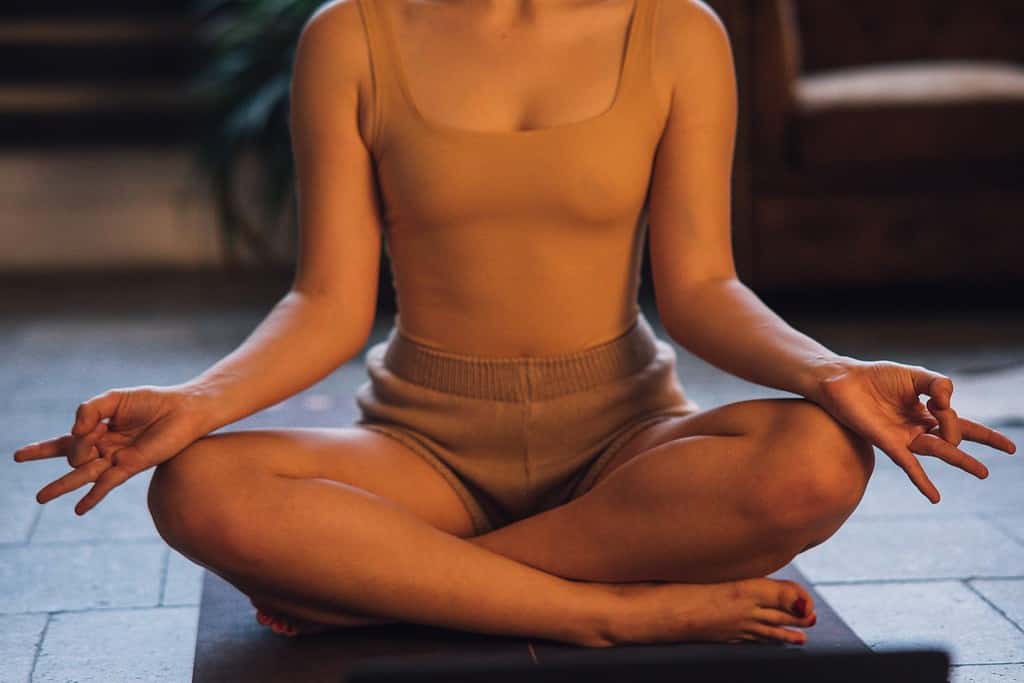
Yoni mudra
Yoni mudra is associated with Kali, the warrier goddess in Hinduism. It connects us to our womb space and the intuitive wisdom this space is claimed to hold.
Yoni mudra: Bring the tips of your index fingers to touch. Forming a diamond shape by bringing the tips of your thumbs to touch, interlace the middle, ring, and pinky fingers. Bring your hands in front of your pelvis, pointing your index fingers downwards. Witness your breath entering and leaving the body. Breathe into your lower abdomen, your womb and your pelvis, becoming aware of the ancient womb wisdom that resides here.
Shakti mudra
Shakti mudra directs prana, life force energy, to the pelvis and lower back to garner a sense of empowerment and trust in our inner wisdom.
Shakti mudra: Bring the palms of your hands to touch, interlace your fingers, and then release your index fingers. Next, bring your hands to rest in front of your pelvis and turn your index fingers to point downward.
Ksepana mudra
Ksepana mudra helps install the water element to the sacral chakra to relieve negativity and anxiety.
Ksepana mudra: Bring the palms of your hands to touch, interlace your fingers, and then release your index fingers. Next, bring your hands to rest in front of your pelvis and turn your index fingers to point downward.
Sacral chakra stones and crystals, essential oils
Orange hued stones associated with the sacral chakra include carnelian, orange calcite and amber. Citrine and tiger’s eye are also helpful to balance sacral energies.
Carnelian – a stone of leadership, creativity and courage. It’s claimed to be helpful to motivate you towards your goals, and for achieving sexual balance.
Orange Calcite – a stone of self confidence and emotional balance. It’s thought to be cleansing for the sacral chakra.
Amber – is purported to help connect with intuition and awaken your creative fire. It’s also thought to assist with healing emotional blockages.
Citrine – sunny citrine is thought to help with self-expression, ideal for blocked creatives especially if that blockage is coming from an unaligned sacral chakra.
Tiger’s Eye – a brown crystal with stripes of yellow, tiger’s eye helps boost your creativity while also helping to ground.
Essential oils like orange, ylang ylang, neroli, sandalwood and lavender can be used to aid with the symptoms of an imbalance in the second chakra.
Sacral Chakra FAQ
What blocks the sacral chakra?
Stress, upset, repressed emotions, curbed desires, sexual trauma and addictive behaviours can cause blockages in the sacral chakra.
What are sacral chakra awakening symptoms?
When your sacral chakra is awakening, you are for the first time embodying and accessing your true divine nature.
· You begin to prioritise self-love and self-care.
· You become introspective about the relationships in your life – you understand the value of your relationships and what you deserve in them.
· You feel more inspired
· You want to express your creativity
· You’re comfortable and connected to your body
· You embrace change
· You become aware of your subconscious beliefs and begin to heal your inner critic
How do you open the sacral chakra?
Exercise, dance, use yoga and other forms of movement to help the movement of energy around the body and prevent stagnation in any of the chakras.
Meditate and find ways of healthy, authentic emotional expression.
As water is the element of the sacral chakra, go for a swim or take a bath or shower, use essential oils to help open the chakra.
Bring more orange into your life – via food, crystals and clothes to stimulate the opening of svadthisthana!

 ValVades
ValVades 
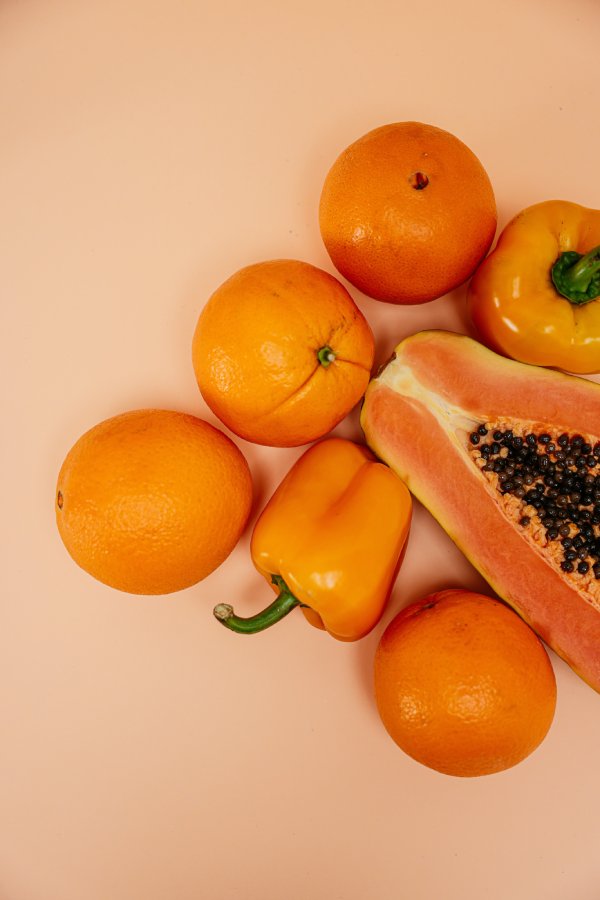
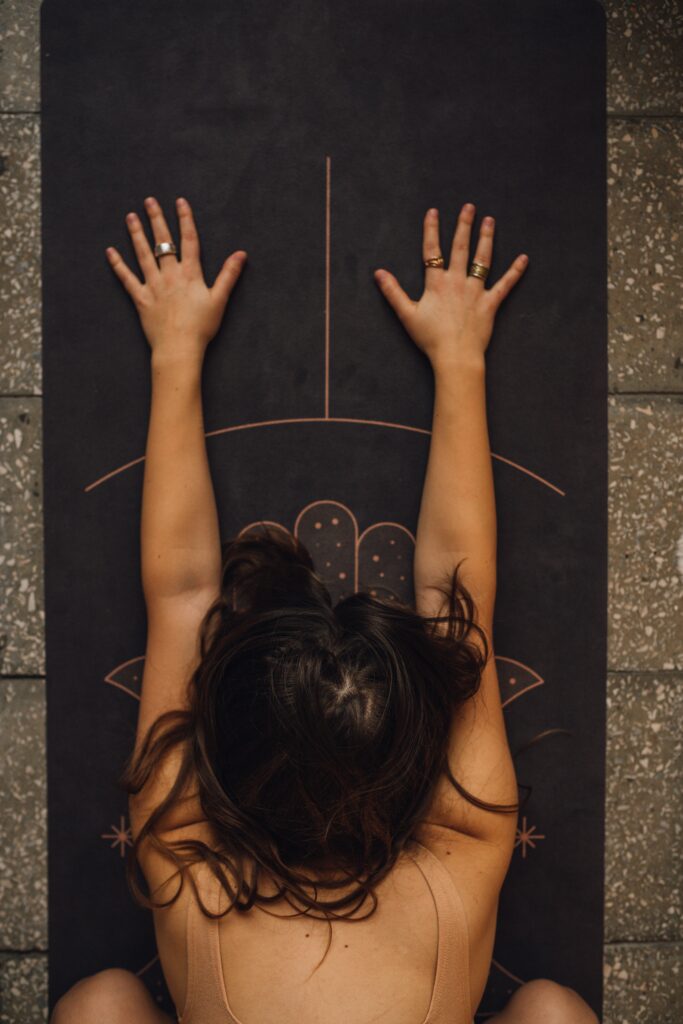
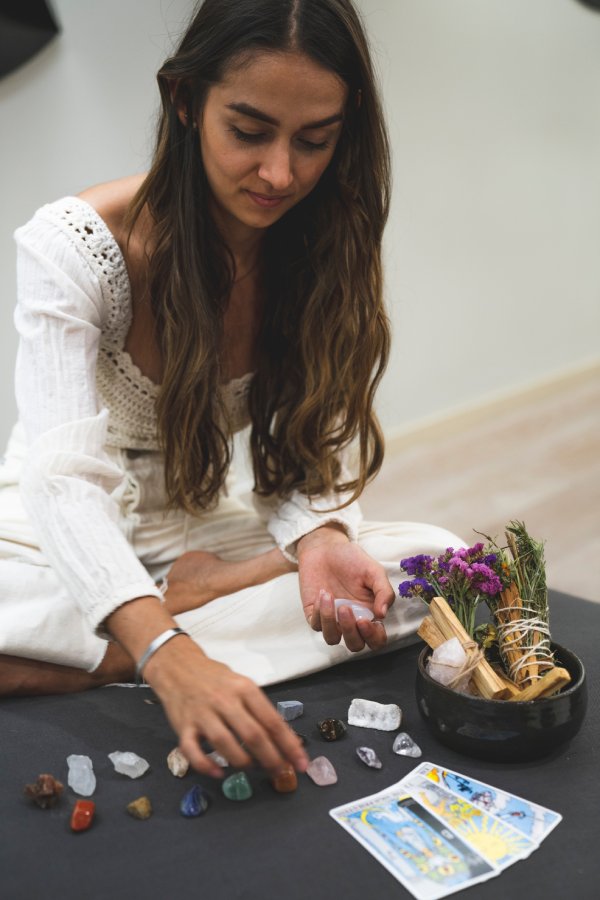































.jpg&h=630&w=1200&q=100&v=6e07dc5773&c=1)
